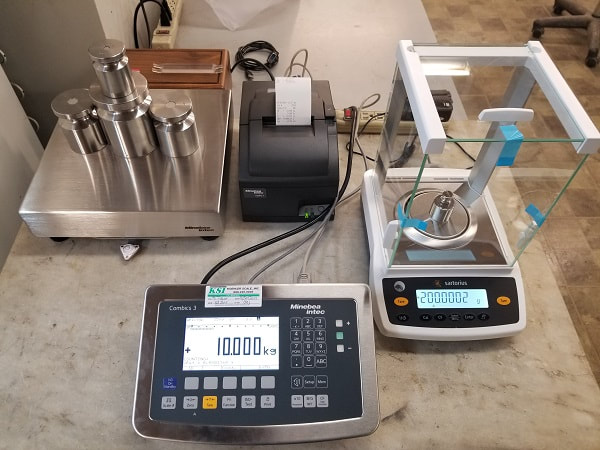
Image Source: Google
Effective inventory management is crucial for businesses of all sizes to operate efficiently and profitably. One key aspect of inventory management is accurate counting of stock levels. Manual counting can be time-consuming, prone to errors, and ultimately costly for your business. Counting scales offer a solution to these challenges by automating the counting process, providing accurate results quickly and efficiently. If you need more information about inventory counting scale, you may visit here https://industrialscaleinc.com/product-line-categories/counting-scales/
In this article, we will explore how counting scales can help your business save time and money while improving overall inventory management.
The Benefits of Counting Scales
Accuracy
- Counting scales provide precise and accurate counts of inventory items, minimizing errors that can occur during manual counting.
- By ensuring accurate stock levels, businesses can avoid stockouts or overstock situations, leading to improved customer satisfaction and reduced carrying costs.
Efficiency
- Counting scales automate the counting process, allowing businesses to quickly and efficiently count large quantities of items.
- This saves time and resources compared to manual counting, enabling employees to focus on other important tasks.
Cost Savings
- By reducing counting errors and improving inventory accuracy, businesses can minimize losses due to stockouts, overstock, or shrinkage.
- Efficient inventory management can also help businesses optimize their ordering and replenishment processes, reducing excess inventory and carrying costs.
How Counting Scales Work
Counting scales use advanced technology to accurately count large quantities of identical items. These scales rely on the principle of weight to count items, making them ideal for businesses that deal with high-volume inventory. Here’s how counting scales work:
1. Calibration
Before use, counting scales need to be calibrated to ensure accurate measurements. Calibration involves setting the scale to zero and adjusting it to account for environmental factors that may affect weight readings.
2. Sample Count
Users need to input the weight of a sample quantity of items into the counting scale. The scale uses this information to calculate the weight of individual items and determine the total quantity based on the total weight of the items being counted.
3. Counting Process
Once the scale has been calibrated and the sample weight entered, users can start the counting process. The scale will display the total quantity of items based on the weight of the samples and the total weight of the items being counted.
Choosing the Right Counting Scale
There are several factors to consider when choosing a counting scale for your business. These factors include:
Capacity
- Ensure the counting scale has the capacity to handle the volume of items you need to count.
- Choose a scale with a capacity that exceeds your requirements to accommodate any growth in your business.
Precision
- Look for counting scales that offer high precision to ensure accurate counting of small or lightweight items.
- Some scales come with built-in features like automatic taring and piece counting to improve accuracy.
Connectivity
- Consider whether you need a counting scale that can connect to other devices or software for data transfer and analysis.
- Some counting scales offer wireless connectivity or USB ports for easy data sharing.
Implementing Counting Scales in Your Business
Once you have chosen the right counting scale for your business, it’s important to properly implement and integrate it into your inventory management processes. Here are some tips for implementing counting scales effectively:
Training
- Provide training to employees on how to use the counting scale correctly and effectively.
- Ensure employees understand the calibration process, sample counting, and overall operation of the scale.
Integration
- Integrate the counting scale with your existing inventory management system for seamless data sharing and analysis.
- Ensure the counting scale is compatible with your software or can be easily integrated through APIs or data export features.
Regular Maintenance
- Regularly calibrate and maintain the counting scale to ensure accurate measurements and reliable performance.
- Schedule routine maintenance checks and calibration to prevent any issues that may affect the scale’s accuracy.
By following these tips and best practices, businesses can effectively implement counting scales to streamline their inventory management processes, improve accuracy, and save time and money in the long run.
